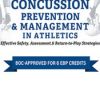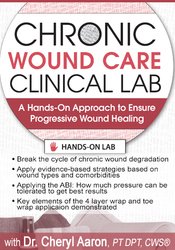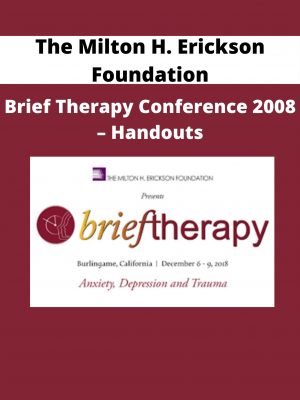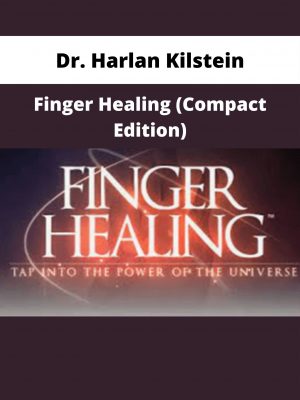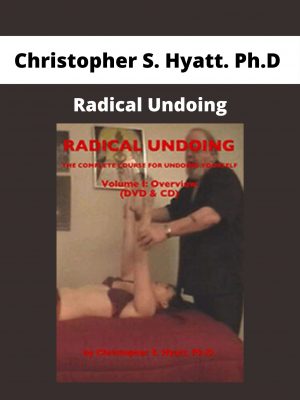Cheryl Aaron – Chronic Wound Care Clinical Lab
$219 Original price was: $219.$62Current price is: $62.
Shopping Instructions:
- DISCOUNT 15% : SHOP15
- Product Delivery: Within 1 – 12 hours after purchase.
When you’ve tried everything in your arsenal and the patient’s chronic wound persists – a specialized approach is needed.
Cheryl Aaron – Chronic Wound Care Clinical Lab
Description:
- Break the cycle of chronic wound degradation
- Apply evidence-based strategies based on wound types and comorbidities
- Applying the ABI: How much pressure can be tolerated to get the best results?
- Key elements of the 4 layer wrap and toe wrap application demonstrated
When you’ve tried everything in your arsenal and the patient’s chronic wound persists – a specialized approach is needed. In this hands-on clinical lab, learn by practice how to address chronic wounds by applying advanced healing strategies. Join Dr. Cheryl Aaron, PT, DPT, CWS®, as we address and eliminate the concerns that compression dressings often raise, become confident in Doppler use, ABIs, and wrapping techniques. By the end of the day, you will have a new confidence and abilities to embark on evidence-based practice techniques to heal the tough wounds, prevent amputation, and improve quality of life. Join us for this interactive learning experience!
HANDS-ON LAB
- ABIs; differentiate between venous and arterial sounds using pocket Doppler
- Identify dorsal pedal and posterior tibial arteries with Doppler
- Perform accurate ABIs, identifying mild, moderate and severe disease
- Apply 4 layer compression wraps in correct order with proper wrapping technique and tension
- Demonstrate toe wrapping technique with short stretch bandage
OUTLINE
The Chronic Wound
- What’s wrong? Identify causes of delayed healing
- How to jumpstart the healing cascade: strategies for success
- Nutrition’s role in healing chronic wounds
- Optimize healing; proper wound cleansing, managing bioburden, debridement types
Pressure Ulcers
- Pathophysiology and development of pressure ulcers
- Intrinsic and extrinsic factors
- NPUAP staging system
- Risk assessment
- Support surfaces, positioning, pressure mapping and diagnostic ultrasound
Arterial Disease and Ulcers
- Diagnostic signs and symptoms
- Characteristics of arterial wounds
- 6 Ps of arterial occlusion
- Diagnostic tests; TCPO2, Laser Doppler,
- Duplex Scan, LEA
- Other causes of tissue ischemia
- Minimally invasive treatments and surgical options
Diabetes and Neuropathic Ulcers
- Comorbidities and their effects on diabetic wound healing
- Causes of foot ulcerations
- Assessments for loss of protective sensation
- Characteristics of diabetic ulcers
- How to optimize healing in DFUs
- Total contact casts and offloading
Venous Disease and Ulcerations
- Diagnostic signs and symptoms
- Characteristics of venous ulcerations
- Diagnostic tests
- CEAP classification of chronic venous insufficiency
- Compression types
- Know how to accurately perform ABIs
Lymphatic system
- Anatomy of the lymphatic system
- What is lymphedema
- Staging
- Treatment
Would you like to receive Cheryl Aaron – Chronic Wound Care Clinical Lab ?
Lipedema
- What is it?
- Characteristics, onset and differential diagnosis
- Other often missed causes of lower extremity edema
OBJECTIVES
- Explain a thorough understanding of the anatomy and physiology of the integument.
- Distinguish and eliminate the causes of stalled wound healing.
- Devise the pathophysiology of various wound origins.
- Explain and accurately identify wound etiology.
- Compose appropriate treatment options based on wound assessment.
- Demonstrate confident performance of ABIs, compression wraps, and toe wraps.
Related products
HEALTH & MEDICAL
HEALTH & MEDICAL
HEALTH & MEDICAL
Gaia—Creating-High-Voltage-Health-with-Glenn-Streeter-Open-Minds
HEALTH & MEDICAL
HEALTH & MEDICAL
Dr. J.E. Williams & Kevin Gianni – How to Read Your Blood Tests
HEALTH & MEDICAL
HEALTH & MEDICAL
Bernadette Giorgi – Attitude Ballet & Pilates Fusion – Just B Method


